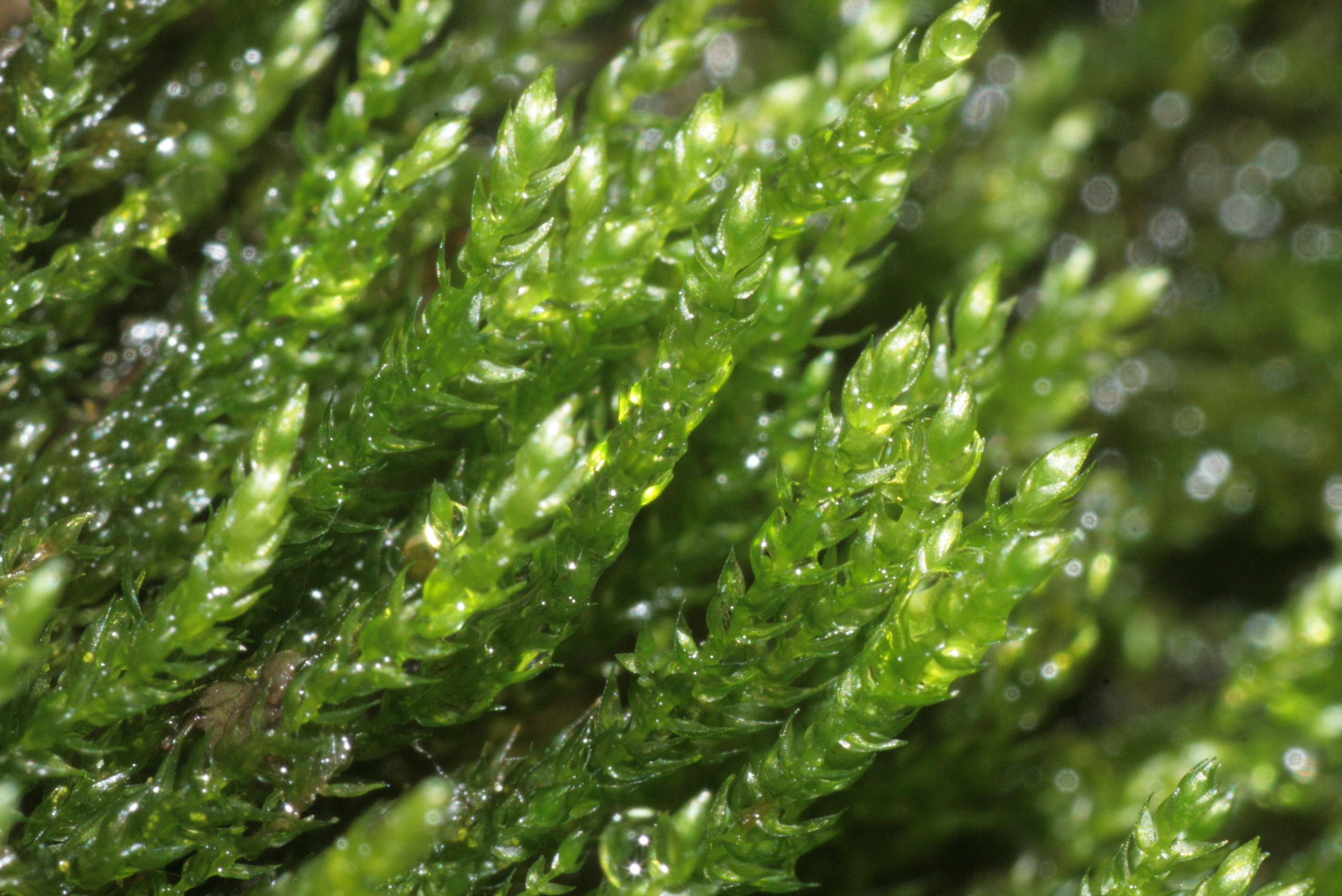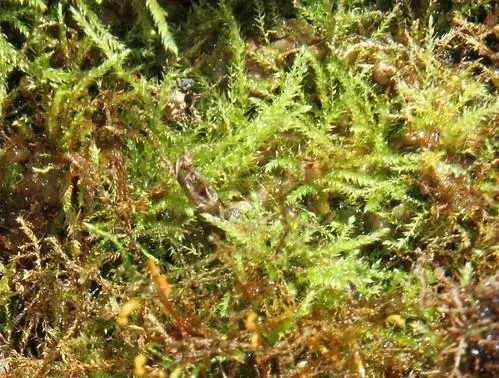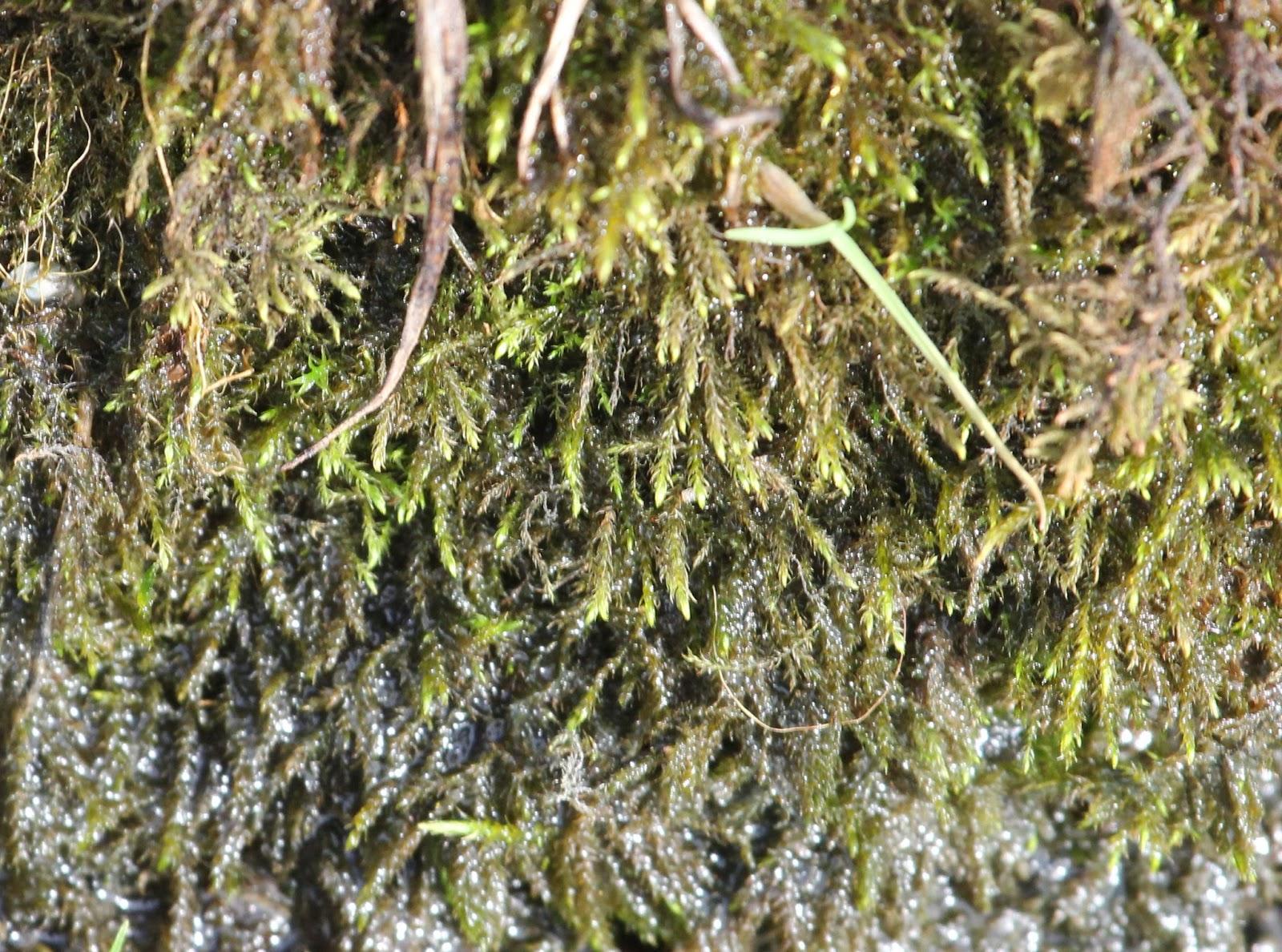
hygroamblystegium.jpg from: https://www.earth.com/plants/hygroamblystegium-moss-hygroamblystegium/
Hygroamblystegium chilense: The Fascinating Chilean Moss
Hygroamblystegium chilense (Lorentz) Reimers, commonly known as Hygroamblystegium, is a captivating species of moss belonging to the Amblystegiaceae family. This tiny but mighty plant plays a significant role in its native ecosystems. In this blog post, we’ll dive into the world of H. chilense and explore its unique characteristics, global distribution, and ecological importance.
Background on Bryophytes
Before we focus on H. chilense specifically, let’s briefly discuss the group it belongs to – the bryophytes. Bryophytes, which include mosses, liverworts, and hornworts, are non-vascular plants that lack true roots, stems, and leaves. They are some of the oldest land plants, with fossils dating back over

49750207057_0bcab3c3c9_b.jpg from: https://www.flickr.com/photos/26803925@N05/49750207057/
400 million years. Despite their small size, bryophytes like

16285682112_46b7f17e0d.jpg from: https://www.flickr.com/photos/26803925@N05/16285682112/
H. chilense are vital components of many ecosystems worldwide.

18869196056_7a2f44d5d4_b.jpg from: https://www.flickr.com/photos/26803925@N05/18869196056/

19583483416_8d9e9dae22_b.jpg from: https://www.flickr.com/photos/26803925@N05/19583483416/
Morphology and Identification

16285682122_aaab30e0d9.jpg from: https://www.flickr.com/photos/26803925@N05/16285682122/
H. chilense is a small pleurocarpous moss, meaning its sporophytes (spore-producing structures) grow laterally from the stems. The stems are creeping to ascending, irregularly branched, and typically 1-3 cm long. The leaves are ovate-lanceolate, 0.7-1.2 mm long, and have a short, double costa (midrib). The leaf margins are entire or finely serrulate.
Identifying H. chilense requires microscopic examination of its cellular structure. The laminal cells are elongate-rhomboidal

IMG_2743.JPG from: https://cataloguingcullaloe.blogspot.com/2014/02/hygroamblystegium-tenax.html
, while the alar cells (cells at the leaf base corners) are quadrate to short-rectangular. Sporophytes are relatively rare, with a reddish-brown, curved capsule on a smooth seta (stalk).
Global Distribution and Habitat
H. chilense is native to South America, primarily found in Chile and Argentina. It grows on wet soil, rocks, or tree bases in forests, often near streams or in other humid environments. The species is found from lowland regions up to 2000 meters in elevation.
While H. chilense is not currently considered threatened, like many bryophytes, it is sensitive to environmental changes such as deforestation, pollution, and climate change. Protecting its habitats is crucial for the long-term conservation of this species and the ecosystems it supports.
Ecological Roles and Adaptations
H. chilense and other mosses play critical roles in their ecosystems:
Moisture retention: Mosses act as natural sponges, absorbing and retaining water, which helps maintain humidity and supports other organisms during dry periods.
642645_d70f432f.jpg from: https://www.plantarium.ru/lang/en/page/image/id/642645.html
Nutrient cycling: Mosses trap and store nutrients from the atmosphere, rainwater, and decomposing matter, making them available to other plants and microorganisms.
Erosion control: By forming dense mats on soil and rocks, mosses stabilize surfaces and prevent erosion.
Habitat provision: Mosses create microhabitats for countless invertebrates, which in turn support larger animals in the food web.
H. chilense has adapted to thrive in humid environments through its small size, dense growth habit, and ability to absorb water and nutrients directly through its leaves. These adaptations allow it to colonize surfaces like rocks and tree bark where other plants struggle to establish.

18168804344_a1a15ec807_b.jpg from: https://www.flickr.com/photos/50726533@N06/18168804344

25158201352_e1b121ae9e_z.jpg from: https://www.flickr.com/photos/124484193@N02/25158201352/
| Characteristic | Description |
|---|---|
| Size | Small, stems 1-3 cm long |
| Leaves | Ovate-lanceolate, 0.7-1.2 mm long, short double costa |
| Leaf cells | Elongate-rhomboidal laminal cells, quadrate to short-rectangular alar cells |
| Sporophytes | Relatively rare, reddish-brown curved capsule on smooth seta |
| Habitat | Wet soil, rocks, tree bases in forests, near streams, humid environments |
| Elevation range | Lowlands up to 2000 meters |
| Native region | South America (Chile, Argentina) |
Conclusion
Hygroamblystegium chilense may be small, but it is a fascinating and ecologically important moss species. Its adaptations allow it to thrive in humid environments and contribute to moisture retention, nutrient cycling, erosion control, and habitat provision. By understanding and appreciating the roles of mosses like H. chilense, we can better protect these crucial components of our ecosystems. The next time you encounter a patch of moss, take a moment to marvel at the complexity and resilience of these tiny but mighty plants!